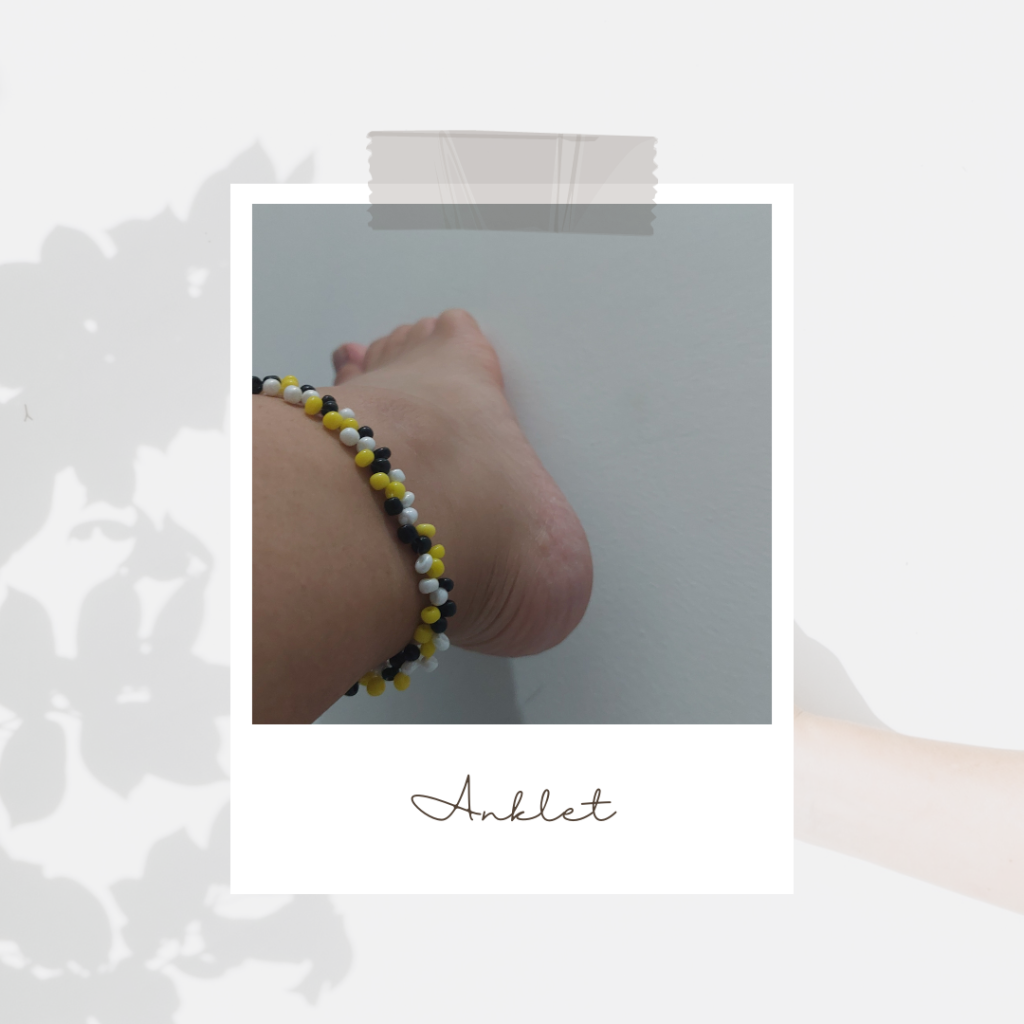
Philippine contemporary art has been growing in popularity and recognition in recent years, but like any art movement, it faces both trends and downsides. One trend in Philippine contemporary art is the focus on social and political issues, as artists use their work to address current events and bring attention to marginalized communities. In terms of comics, like Toto Madayag, Cartoonist Zach, Tarantadong Kalbo and many more. Another trend in Philippine contemporary art is the blending of traditional techniques and motifs with modern approaches and themes, creating a unique hybrid style that reflects the country’s rich cultural heritage and modern identity such as in the works of National Artist for Visual Arts Benedicto “BenCab” Cabrera. However, the downsides of Philippine contemporary art include issues of production costs and sustainability, as many artists struggle to finance their work and find opportunities for exhibition and growth.
Accessibility can also be a challenge, as many galleries and museums are concentrated in urban areas and may not be easily accessible to those in rural communities. Additionally, the reception of Philippine contemporary art is often mixed, as there is a lack of critical discourse and appreciation for non-traditional forms among some sectors of society. Despite these challenges, Philippine contemporary art continues to thrive and make significant contributions to the global art scene. It is important to continue supporting and promoting the growth of Philippine contemporary art, while also identifying and addressing its downsides in order to create a more sustainable and accessible arts landscape for all artists and audiences. Moreover, the creativity and criticality of Philippine contemporary art should be celebrated as well. Overall, Philippine contemporary art embodies a complex and dynamic landscape that continues to evolve as it interacts with various social, political, and economic forces.
Philippine contemporary artists work across various media, including but not limited to painting, sculpture, installation art, performance art, street art, comics and digital media. Their work often reflects their experiences and perspectives on issues such as social justice, human rights, cultural identity, globalization, environmental concerns and more. Moreover, Philippine contemporary art has been greatly shaped by the country’s unique colonial history and diverse cultural influences. Through indigenous themes and incorporating traditional motifs, Philippine contemporary artists express a rich cultural heritage while also exploring new avenues of artistic expression like from Mindanao tribes where their art is imbued with intricate patterns, vibrant colors and deep symbolism.

This anklet of the Lumad Bakwit School is a beautiful example of the intricate patterns and vibrant colors often seen in Philippine contemporary art. The anklet, made of colorful beads and woven threads, embodies the traditional aesthetics of indigenous communities while also incorporating contemporary design elements. The Lumad Bakwit School anklet is a testament to the versatility and adaptability of Philippine contemporary art.
Reference:
Benedicto Cabrera Biography, Artworks & Exhibitions. (n.d.). Ocula Artist.
https://ocula.com/artists/benedicto-cabrera/
Foundation for Media Alternatives. (2021, July 8). Kevin Eric Raymundo – Foundation for Media Alternatives. https://fma.ph/kevin-eric-raymundo/
Juan, R. S. (2021). ‘Bakwit’ school: Lumads assert right to education. AlterMidya. https://www.altermidya.net/bakwit-school-lumad-assert-right-to-education/
Lalos. (2019, April 20). Lifestyle.INQ. Lifestyle.INQ. https://lifestyle.inquirer.net/332464/lumad-bakwit-school-a-school-on-the-run/
La Viña, M. N. T. (2021, June 5). ‘Lumad’ schools and the right to education | Inquirer Opinion. INQUIRER.net. https://opinion.inquirer.net/140876/lumad-schools-and-the-right-to-education
Mirano, C., & Mirano, C. (2021). Arts & Culture: Welcome to the Philippines, where a cartoon has empowered artists to voice (and draw) their dissent. Adobo Magazine Online. https://www.adobomagazine.com/arts-culture/arts-culture-welcome-to-the-philippines-where-a-cartoon-has-empowered-artists-to-voice-and-draw-their-dissent/
Philippine Art: Contexts of the Contemporary (Campos and Quijon, 2021)
https://aura-asia-art-project.com/en/news/philippine-art-contexts-of-the-contemporary/
Toto Madayag Interview: Art & the Artist as a Light Source – HAWKERS MAGAZINE. (2018, September 12). HAWKERS MAGAZINE. http://hawkersmag.com/toto-madayag-interview/